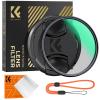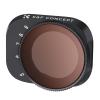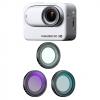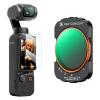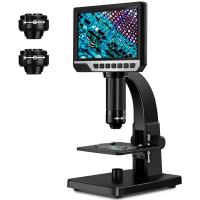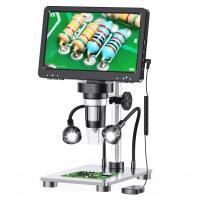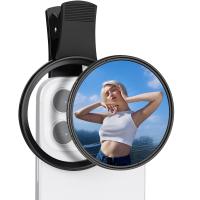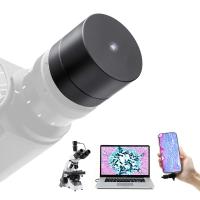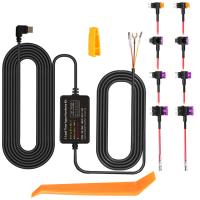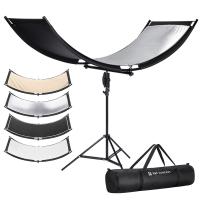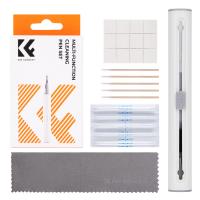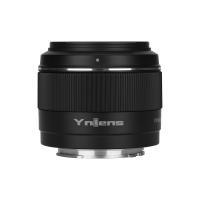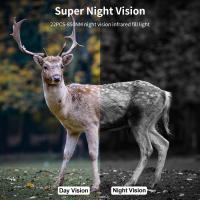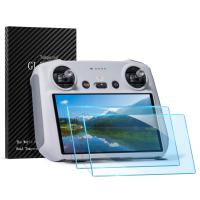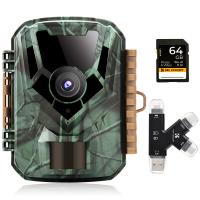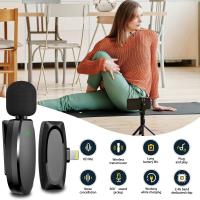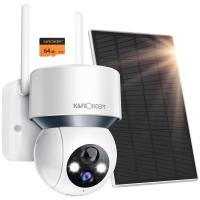How To View Webcam On Windows 7?
Viewing a webcam on Windows 7 can be a straightforward process if you follow the right steps. Whether you are using an external webcam or the built-in camera on your laptop, this guide will help you navigate through the process. In this article, we will cover various methods to view your webcam, troubleshoot common issues, and provide tips for optimizing your webcam experience.
Introduction to Viewing a Webcam on Windows 7
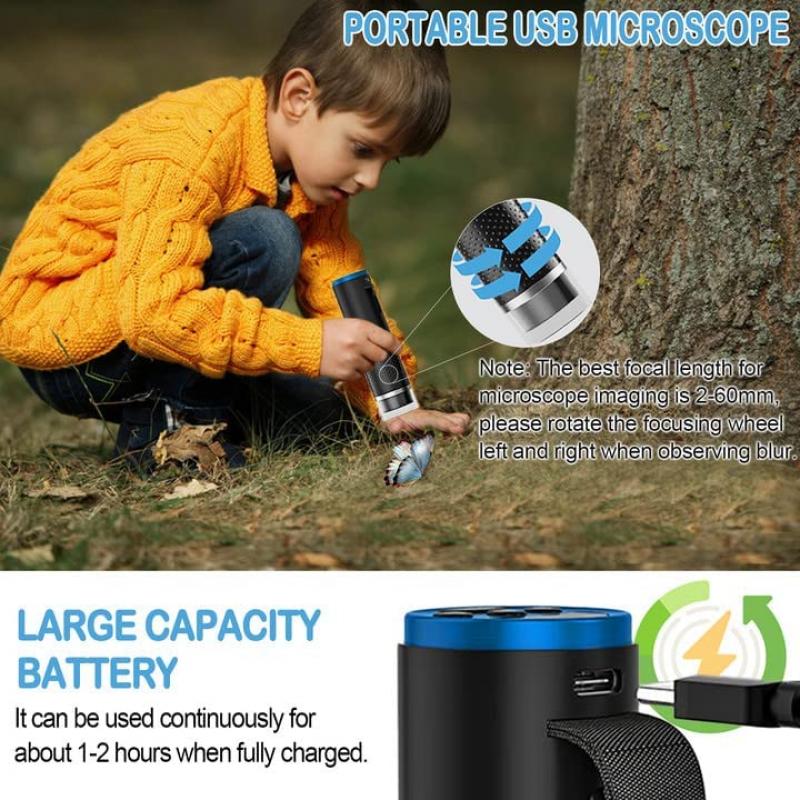
Webcams have become an essential tool for communication, especially in the era of remote work and virtual meetings. Windows 7, despite being an older operating system, still supports a wide range of webcams. However, users may encounter challenges due to outdated drivers, software compatibility issues, or simply not knowing where to start. This article aims to address these challenges and provide a comprehensive guide to viewing your webcam on Windows 7.
Method 1: Using the Built-in Camera Application
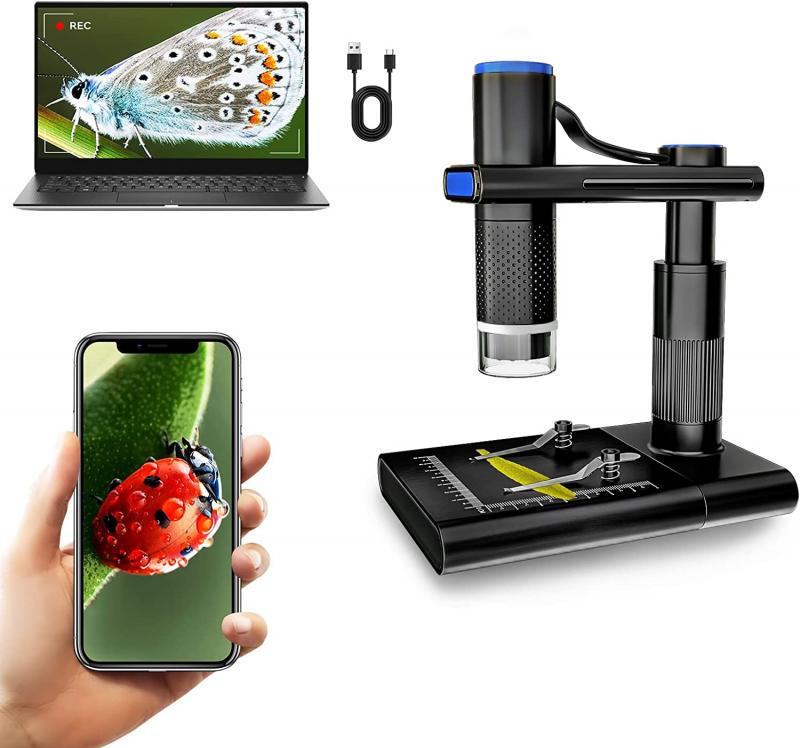
Windows 7 does not come with a built-in camera application like Windows 10. However, many laptop manufacturers include their own camera software. Here’s how you can access it:
1. Check for Pre-installed Software: Look for any camera-related software that might have come pre-installed on your laptop. Common names include "YouCam," "Webcam Companion," or the manufacturer’s own software like "Dell Webcam Central" or "HP MediaSmart Webcam."
2. Open the Software: If you find the software, open it. You should see a live feed from your webcam. If you don’t see any software, proceed to the next method.
Method 2: Using Third-Party Software
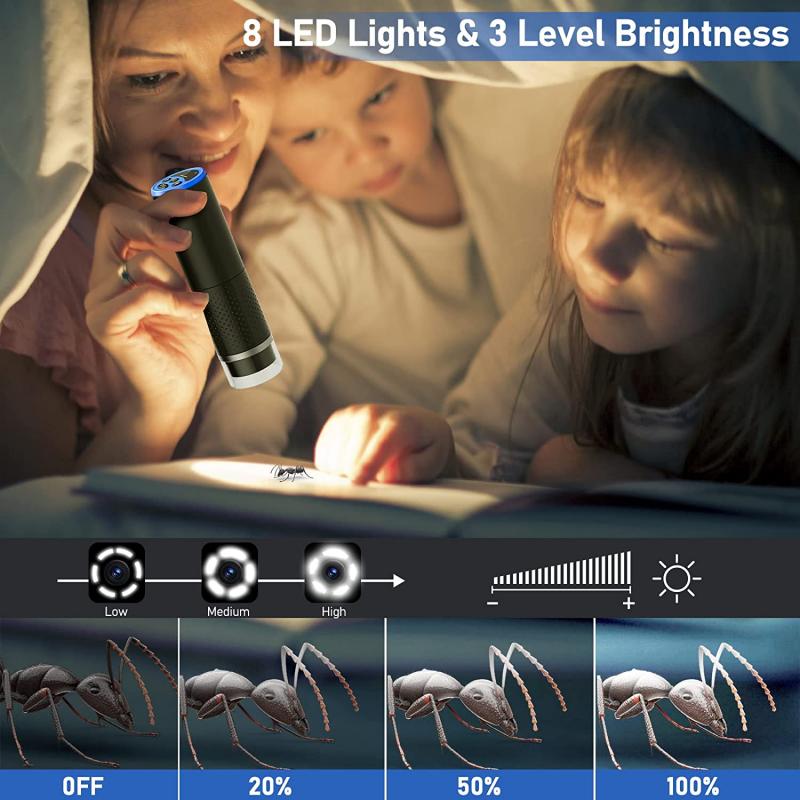
If your laptop or desktop does not have pre-installed webcam software, you can use third-party applications. Here are some popular options:
1. ManyCam: A versatile webcam software that allows you to use your webcam with multiple applications simultaneously. It also offers various effects and filters.
2. WebcamViewer: A simple and lightweight application that lets you view your webcam feed without any additional features.
3. Yawcam: A free webcam software that offers features like motion detection, time-lapse, and streaming.
To use third-party software:
1. Download and Install: Visit the official website of the software you choose and download the installer. Follow the on-screen instructions to install the software.
2. Launch the Software: Open the software after installation. It should automatically detect your webcam and display the live feed.
Method 3: Using Online Webcam Test Tools
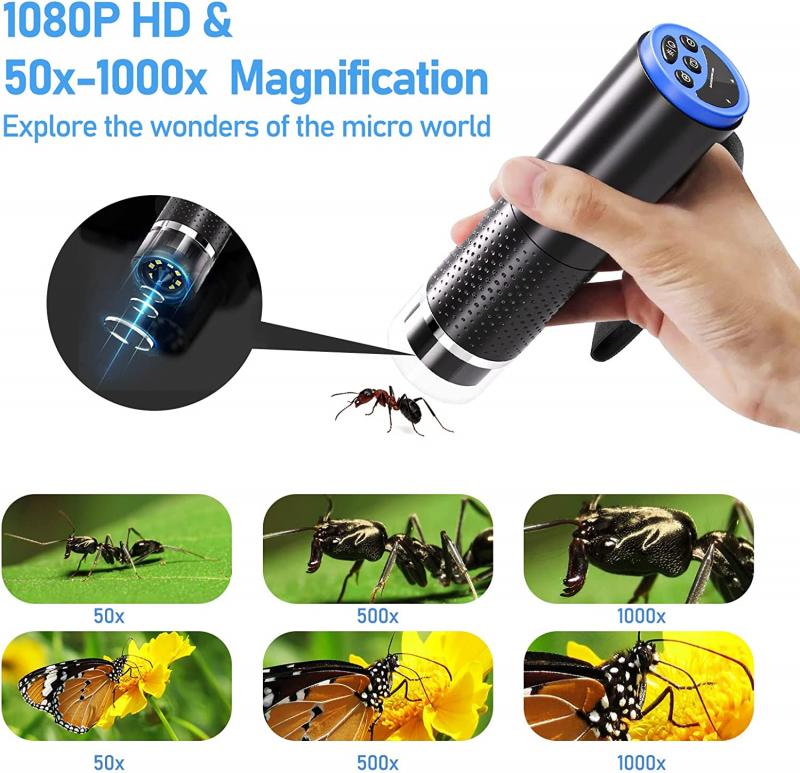
If you prefer not to install any software, you can use online webcam test tools. These tools are web-based and can be accessed through your browser. Here’s how:
1. Visit a Webcam Test Website: Go to a website like `webcamtests.com` or `webcammictest.com`.
2. Allow Access: When prompted, allow the website to access your webcam. You should see a live feed from your webcam on the webpage.
Troubleshooting Common Webcam Issues
Sometimes, you may encounter issues while trying to view your webcam. Here are some common problems and their solutions:
1. Webcam Not Detected: If your webcam is not detected, ensure it is properly connected. For external webcams, try plugging it into a different USB port. For built-in webcams, check the device manager to see if the webcam is listed under "Imaging Devices."
2. Outdated Drivers: Outdated drivers can cause your webcam to malfunction. Visit the manufacturer’s website to download the latest drivers for your webcam. Alternatively, you can use Windows Update to check for driver updates.
3. Software Conflicts: Sometimes, multiple webcam applications can conflict with each other. Ensure that only one webcam application is running at a time.
4. Privacy Settings: Check your privacy settings to ensure that applications are allowed to access your webcam. Go to Control Panel > Hardware and Sound > Devices and Printers, right-click on your webcam, and select "Properties." Under the "Driver" tab, ensure the device is enabled.
Tips for Optimizing Your Webcam Experience
To get the best out of your webcam, consider the following tips:
1. Lighting: Ensure you have good lighting. Natural light is best, but if that’s not possible, use a well-placed lamp to illuminate your face.
2. Background: Choose a clean and uncluttered background. This helps in maintaining a professional appearance during video calls.
3. Camera Angle: Position your webcam at eye level. This creates a more natural and engaging appearance.
4. Audio Quality: Use a good quality microphone or headset to ensure clear audio during video calls.
5. Regular Maintenance: Keep your webcam lens clean and free from dust. Regularly update your webcam software and drivers to ensure optimal performance.
Viewing a webcam on Windows 7 may require a few extra steps compared to newer operating systems, but it is entirely feasible with the right approach. Whether you use pre-installed software, third-party applications, or online tools, you can easily access your webcam and enjoy seamless video communication. By following the troubleshooting tips and optimizing your setup, you can ensure a smooth and professional webcam experience.
Remember, while Windows 7 is still functional, it is an older operating system that no longer receives updates from Microsoft. For enhanced security and features, consider upgrading to a newer version of Windows. However, if you choose to stick with Windows 7, this guide will help you make the most of your webcam capabilities.


